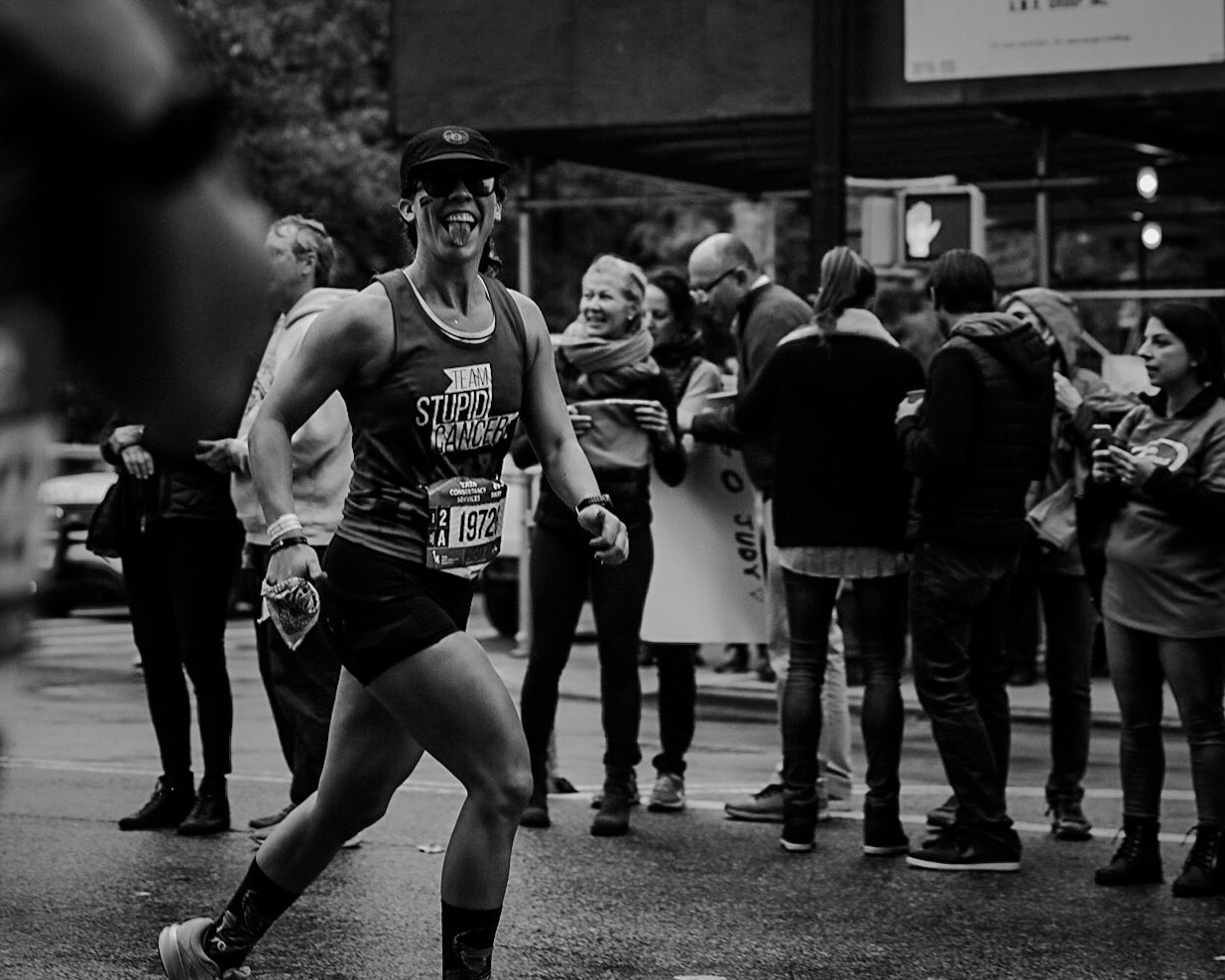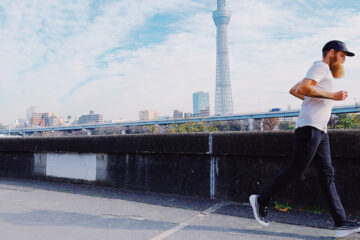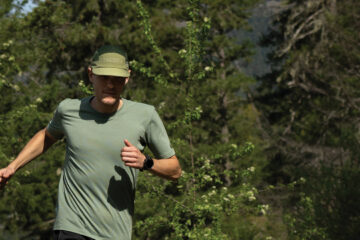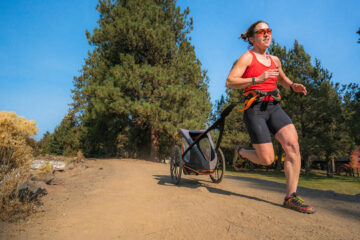words by: sierra asplundh
images by: sierra asplundh, diego lopez, claire brieva, & jeff gladstone
I wake up on a cool March morning. I head to the bathroom to handle my business, brush my teeth, and head to my yoga mat. I haven’t realized in this moment that yoga is truly the only form of movement that I’ve consistently chosen for two years now above cross training and running. I begin my warm up of the spine, neck and shoulders. Next to include my hips, thighs and calves. Then I draw attention to my fingers and toes. And finally, my breath. I begin to flow into my sun salutation series, nothing new and very familiar. Then I get to the revolved part of the sequence – picture thoracic spinal twists involving the mid torso – and my breath disappears with my fingers and toes going numb. I barely caught myself before I hit the floor. What the fuck just happened?
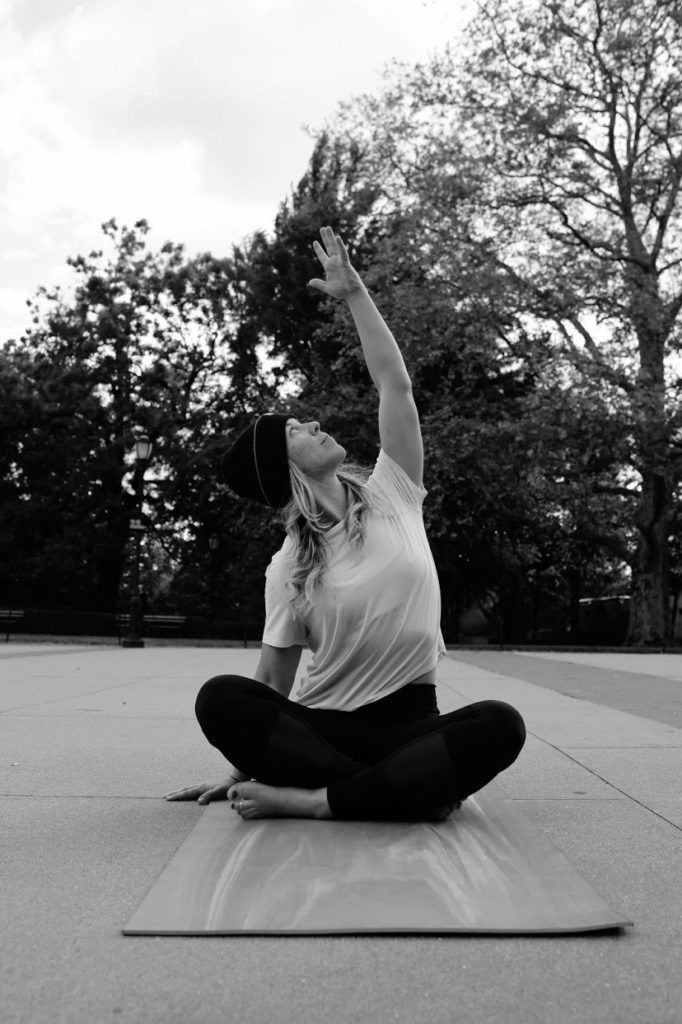
Back in 2017, I ran and raced my last two serious attempts with both being longer distances. The first, an ultramarathon out on the West Coast called SoCal Ragnar Relay. I was on a team with 6 other people who were either cancer survivors or caregivers, including our teammate who volunteered to drive us the entire way (that is a story for another day). The latter race being a little known marathon that happens the first weekend in November. You may have heard of it…it goes by the name of the TCS NYC Marathon. It tackles the 5 boroughs of the city with a challenging terrain of bridges, hills, and turns. I had my usual training flare ups of my right hip flexor and left shin due to old injuries that come with consistent maintenance. I had been getting physical therapy post ultra and leading up to the marathon, resting when needed, fueling as best I could with my daily yet still new to this city’s lifestyle. I completed the race with an over hour PR that year and began to recover heading into the postseason. To my surprise, my body did not crave or want to go anywhere back near a starting line for 3 months, then another three months, then a year had passed and all I had managed (if at all) was a run every once and awhile and ‘racing’ on trails when there were friends involved. How had an injury appeared in 2019 on my yoga mat when I had been recovering since 2017?
Going further back brings me once again to my experience with cancer and how little I knew about side effects of chemotherapy post remission.
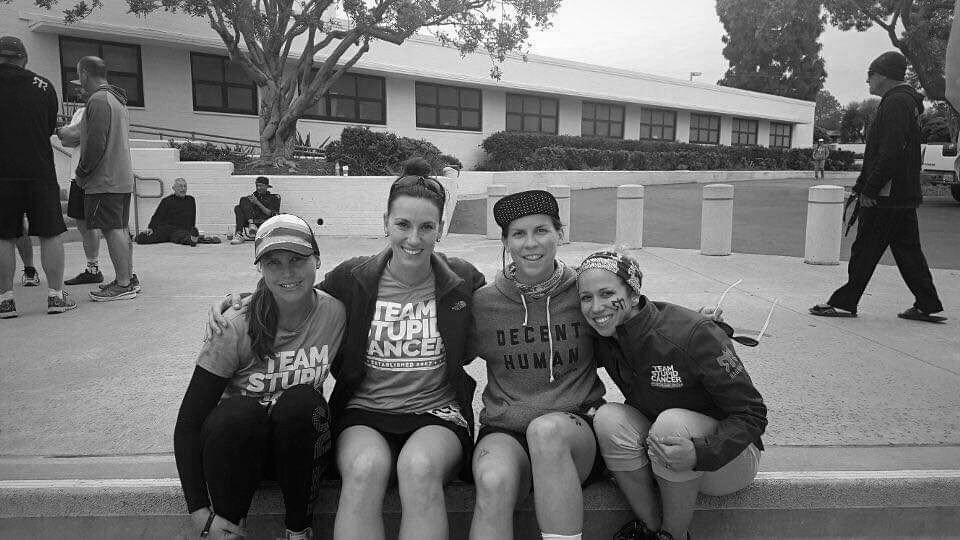
When I received my diagnosis and treatment plan of Hodgkin’s Lymphoma, I was given the expected or external common side effects: The chemotherapy regime would result in fatigue, nausea, mouth sores, hair loss, period loss, skin sensitivity to sun exposure, and a high increase of the sense of smell – similar to a woman who’s pregnant and throws up due to a certain food or odor. For me, I had severe night sweats and weight loss prior to diagnosis, with those reversing due to how this type of cancer responds to treatment. At every check-up, there was caution about the swelling of the feet and asking on a scale of 1-10 how the pain was. How does one rate pain? And which pain are we specifically talking about? The pain of being stripped of normalcy? The physical pain of treatment? The pain of no longer relating to anyone your age? The pain of not knowing how to talk to your family ‘normally’ and struggling with keeping them in the loop, without constantly causing them sadness or fear every time your name pops up on their caller ID?
The hidden side effect was osteopenia: the deterioration of bone. What do side effects look like? Well, there are none that clearly reveal themselves. They generally appear as ‘back pain’ or ‘stiff joints’ or ‘old age’ according to the record books. Again, as a 29 year old, who had grown up playing every sport under the sun, I constantly chalked up residual pain to left over injuries.
Ironically enough, or as fate would have it, I was hosting a fun run that weekend with a friend of mine, Jean. She and I are both young adult cancer survivors and co-founded November Project Brooklyn. We were connected because of our respective experiences and have made time within our friendship to be open with each other around this part of our lives. This connection led to creating our run called Wiggin’ Out. This run is donation based to raise money for a local YAC non profit, while running the route with bright colored wigs to show solidarity and spread awareness. The weather for this year’s run in particular was pouring rain and freezing. My body was more stiff than usual. We had a small yet brave group show up that day. Once we wrapped up, some of us made our way back to the local run shop that had hosted us. Inside was a new staff addition…the neighborhood’s local chiropractor. Once she introduced herself, I may have stiffened up more. I was never fond of cracking my knuckles, and loved/hated when my brother would crack my back growing up. She was giving out free assessments, so I figured – why not?
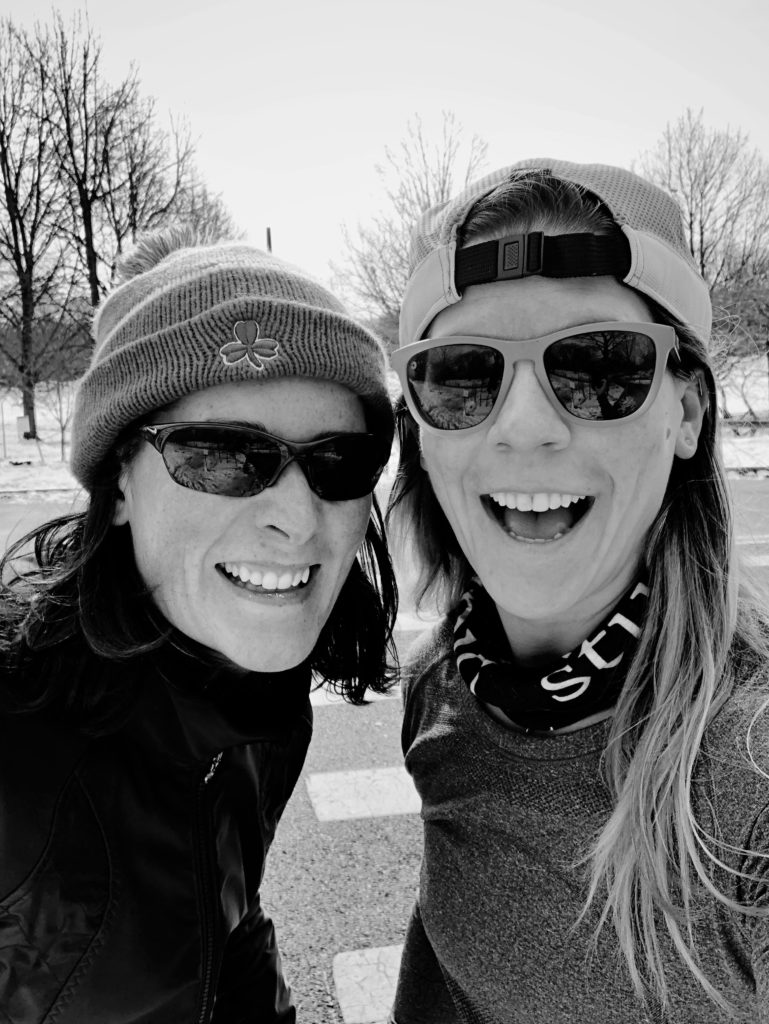
This intake had a questionnaire form, as all health care providers do, that always has a vague question that ends up being where I write that I’m in remission of a cancer diagnosis. After that’s completed, she reads over it – thoroughly. She looks up at me and says, ‘ Okay, let’s start at the beginning – tell me all of your injuries.” I laugh.
‘Seriously? You want all of them?” She goes, ‘as best you can, nothing is insignificant.’ That stuck with me.
As you can imagine, it’s hard to remember every bump and bruise. I start with my left hip being out of it’s socket when I was born, covered falling off my bed when I was a toddler, to every sport injury I could think of despite my repeated concussions, ending with my cancer diagnosis as the cherry on top. From there, she pauses, and looks at me – “How would you rate the pain you’re currently experiencing?’ Again, I laugh – ‘Isn’t everyone in a little amount of pain?” She responds, “How do you define little?”
Fast forward a month, I’ve now been seeing my chiropractor, Dr. Alana Bloom, for roughly 2-3 weeks where after two x-rays and an MRI – I am diagnosed with spinal osteopenia in three hot spots = cervical, thoracic, and in the lumbar region just above my tailbone.

In my head, I just went from being 29 to 79. I look at her and ask if I should still go through with my yoga teacher training. She asked me, “Do you want to postpone or reschedule or had a change of heart?” I’m quick to react, “ Why would you ask that?” She reminds me, “You ran two marathons in a year without knowing or monitoring this. We’ve caught it early and are able to maintain it.” It was eerily similar to the reveal of my cancer diagnosis. Shit hits the fan, but don’t make it a big deal. In the grand scheme of things, I know this is mentally easier said than done. The fact is that this triggers me because I am being told information about my health in a doctors office about how my body is no longer capable in the ways that I had formerly known – is debilitating. I am healthy – sort of. I am strong – kind of. I am in remission – with scar tissue and long term side effects. I’ve had moments over the last ten years where news is delivered to me and anger or grief or denial spark out like an electric shock.
I pause. Breathe, then rephase, “Who do I need to let know about my condition and what precautions should I take if need be while practicing?” She smiled, then continued to reply.
I share my story during this time because it is my story. Compared to my previous experiences with remission of cancer, when I received unexpected news about my health I would get angry or scared and pause any communication until further notice. I would ask questions in the room and then stop from there. The next wave of unexpected news, I would get frustrated and at the same time lean into my strength of curiosity – what do I need to ask to ease my stress or anxiety at this moment? I’m working towards my health experience to reflect my creative process – the more feedback, the better. Taking the information I need, analyzing how it affects my work (or in this case, my physical body), and applying it until more feedback is available. The better I hone in on this skill, the more fluid I am with roadblocks or the gray areas. Part of this process for me is talking about how my body is no longer the body I once knew. Partially because it helps others in my life understand me. The other is to mourn what was in order to accept what is. I have found that when I don’t make space for this part in particular, I am unable to fully be in gratitude for my health. My goal in life is to constantly strive to not be a person who derails, to someone who reroutes.


